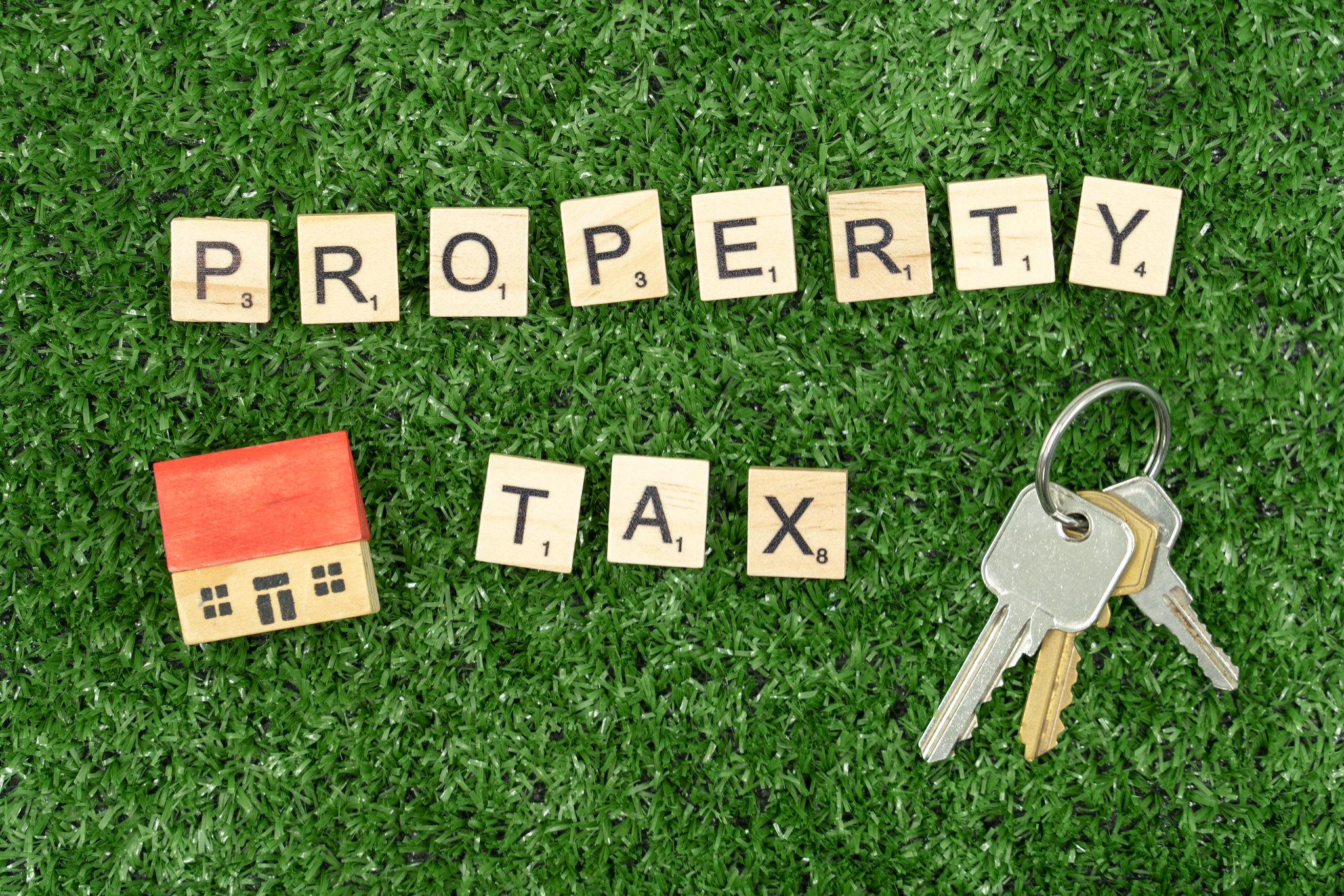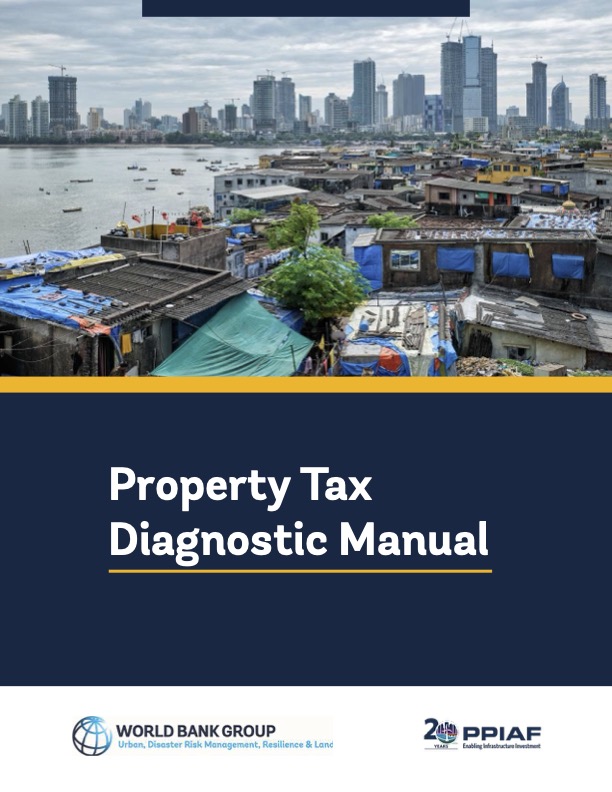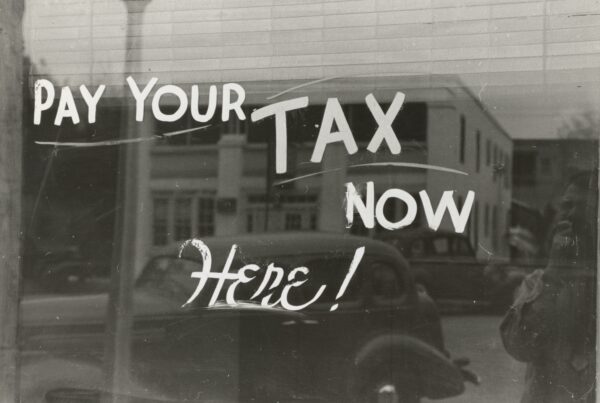Purpose of the Manual
This Property Tax Diagnostic Manual (hereafter “Manual”) provides guidance on how to analyze and assess immovable property tax systems, diagnose the strengths and weaknesses of such systems, and develop a property tax intervention strategy where needed. Its higher objective is to support increasingly fair and stable tax systems in low- and middle-income countries, with significant potential for sustainable improvements in achieving key revenue, equity, and efficiency objectives.
This Manual focuses specifically on the recurrent, immovable property tax. It does not address other land-based property taxes such as property transfer taxes, capital gains taxes, and one- event property revenues (land sales, leases) or personal taxes on movable property such as boats, airplanes, and motor vehicles. Although these other property taxes are not directly addressed, successful reforms for the recurrent, immovable property tax must take into account the interactions that exist between the immovable property tax and these other forms of property taxation.
The Manual is primarily designed to assist practitioners from governments, development partners, and civil society practitioners to identify, analyze, and develop potential property tax reforms. The Manual lays out an analytical approach that can help identify property tax performance potential, challenges and opportunities, evaluate remedial property tax policy and administrative reform measures, and design a strategic action plan to implement those recommended interventions. A conceptual framework for the property tax, its policy and administration components, and reform strategy options are provided along with numerous examples of international experience.
The remainder of this Manual is organized as follows:
Part II: The Property Tax Diagnostic Framework presents a four-step diagnostic process to assist in assessing and designing appropriate strategic action plans for improving property tax performance. As Figure 1 illustrates, the diagnostic process comprises four steps:
- Step 1: High-Level Situational Analysis (HLSA) for reviewing the property tax revenue performance, the underlying policy and administration factors, and the institutional environment. Then, based on the findings from this situational analysis:
- Step 2: Strategic Assessment (SA) is made to identify the key challenges and priority areas for broad areas of possible remedial action.
- Step 3: Detailed Analysis and Action Identification (DAAI) follows the SA if further analysis is deemed necessary and possible. Further analysis can help in better understanding the policy and administration challenges and the institutional environment in order to identify more detailed remedial intervention alternatives.
- Step 4: Strategic Implementation Plan (SIP) emerges from the combined analysis of the preceding steps. The SIP prioritizes and sequences reform remedial interventions and identifies the resources and timing needed for implementation. During the development of the SIP, it may be necessary to review the strategic assessment and undertake additional analysis and action identification as appropriate.
Part III: Implementing the PTDF explains the implementation of the technical analysis, which focuses on understanding property tax revenue performance, the underlying property tax policy and administration variables, and the institutional environment, which can affect overall property tax revenue yield, equity, and efficiency.
The technical analysis is structured around a property tax revenue equation (Figure 4) that shows that property tax revenue yield is a function of interacting policy and administration variables. The key policy variables relate to the tax base and tax rates while the key administration variables relate to tax base coverage, property valuation, tax liability assessment, and revenue collection. These policy and administration variables, operating within a political-institutional environment, interact to influence property tax revenue yield, equity, and economic and administrative efficiencies.
“This Manual is designed as a flexible toolkit that can be applied to the context- specific nature of those requests.”
Following a description of the revenue equation components, the technical analysis explores property tax performance, providing metrics to measure and benchmark the revenue performance across countries, metropolitan areas, and cities over time. This performance analysis is followed by a technical analysis of the underlying policy and administrative factors affecting that performance, including an approach to understand the political-administrative and institutional environment.
Part IV: Remedial Strategies focuses on identifying possible remedial interventions, prioritizing those with the highest expected returns and tractability, and sequencing those interventions within a strategic, sustainable implementation plan. The accompanying Annexes are split into different elements of
Tax Policy (TP) and Tax Administration (TA) and come with indicative Terms of References that can facilitate the procurement of specialized expertise to help implement the Property Tax Diagnostic Framework, as needed.The section on General Reform Considerations summarizes high-level considerations that practitioners should keep in mind while working on property tax reforms.
Given the diversity of reform contexts and the underlying challenges and opportunities within a “taxing jurisdiction” (at the level of national, state, or local government), this Manual is designed as a flexible toolkit that can be applied to the context-specific nature of those requests. It is not designed as a prescriptive document, but rather one that outlines a common set of analytical approaches, commonly-used metrics to benchmark performance, a range of policy and administration options with discussion on international practices and experiences, along with strategic considerations for prioritizing and sequencing an action- oriented implementation plan.
While this Manual provides a general diagnostic process, analytical tools, and implementation road map, it not a substitute for technical experts. It is designed to help practitioners— governments, development partners, and civil society—manage their specialist resources. The creative, adaptive application of these tools and knowledge, combined with effective utilization of specialized technical experts, can enable the development of innovative and effective property tax reforms.






